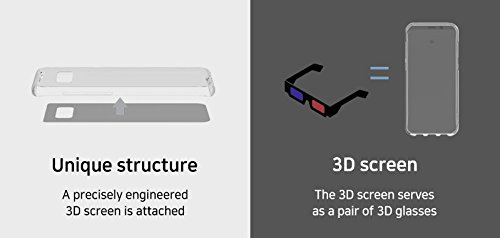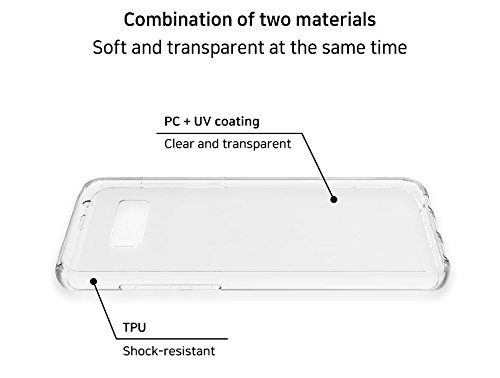Although LEDs are current devices - high-brightness LEDs are no exception, but automotive taillights, brakes, turn signal lighting and other applications can still benefit from the voltage driver structure.
LED interior lighting in retail stores and homes is likely to emerge soon when more efficient LEDs are available. LED manufacturers are just beginning to address the issue of high color temperature sources.
Due to advances in high-brightness LED manufacturing processes, device design, and assembly technology, the performance of LED illuminators has been increasing, the cost has been decreasing, and the speed of performance improvement and cost reduction are unforgettable. The PN junction design, re-radiation phosphor, and lens structure all contribute to increased efficiency and therefore help to increase the available light output. For high output white LEDs, the wide spectral performance improvement promises a low maintenance and energy efficient light source for general lighting.
Although it will take some time to achieve LED efficiency comparable to standard fluorescent lamps, as the chairman of the Semiconductor Lighting Industry Association, Yung S Liu said: "LED lights are also environmentally friendly because they are not the same as fluorescent lamps, not used. mercury."
The environmental advantages of solid-state lighting in terms of composition and work efficiency are not currently the main market drivers, but they do give this technology and its suppliers a good image.
At the same time, OEM designers and salespeople working in various fields have been expanding the practical application of solid-state lighting and have been closely watching the market's acceptance. However, end users experience different cost benefits over the life of solid lighting equipment, which is quite different from traditional lighting equipment. This fact complicates the values ​​of the market. Compared to tungsten and fluorescent bulbs, high-brightness LEDs have much lower cost of ownership and maintenance, which offsets the higher initial cost of LEDs. Although the above discussion may be very attractive, it makes it difficult to sell in the consumer market dominated by the "price first, other second" thinking.
Lamp fixture manufacturers have historically not considered the thermal management of the bulb in their respective designs, but merely provided sufficient convection to ensure that the high operating temperature of the tungsten filament does not pose a fire hazard to surrounding materials or a burn hazard to the fixture operator. This fact complicates the mass production of high output solid state lighting equipment. However, if the final design is to optimize the light output and operating life of the LED, the fixture of the high-brightness LED requires a certain thermal design.
Therefore, although high-brightness LEDs will not be quickly seen to extrude traditional tungsten or fluorescent lamps from hardware stores and home center shelves, these devices are entering the market segment of automobiles, traffic control, and external signs. Because in all of these areas, the high efficiency and long life of the lamp will add significant value.
High-brightness LED
In fact, it is rare to hear people use the phrases “early adopter†and “auto market segment†in the same sentence. Some people may assert that this juxtaposition will prevail in contradictory modification. However, high-brightness LEDs have brought several compelling features to automakers, and although they are relatively new, their basic features are mostly derived from the manufacture of LED indicators - much older than they are The same principles and similar processes have been obtained for well-proven similar products.
LED car taillights, turn signals, work lights, brake lights can overcome the inherent shortcomings of tungsten incandescent lamps. Moderate shocks and vibrations that are often experienced by cars can shorten filament life. Similarly, an instantaneous surge current caused by the positive temperature coefficient of the filament resistor accelerates the destruction of the bulb. Thermal Loop - An important feature of brake light operation that tends to shorten the life of incandescent lamps.
The instantaneous inrush current of incandescent bulbs also complicates the task of circuit protection and fault detection. The car manufacturer must set the fuse rating and fault detection threshold to a sufficiently large current value to accommodate the surge current amplitude and duration without a fuse blow failure or a false fault.
In contrast, LEDs are more robust and durable than filaments in the event of shock and vibration in a typical amplitude and frequency range. The LED structure is lightweight and small in size, thereby reducing the mechanical moment generated by shock and vibration. The small size of the LED also allows the car designer to design the illuminator to be smaller and designed to better meet the overall design requirements of the car. For example, some cars do not mount the CHMSL (intermediate high-position brake light) module on the rear cover, but instead use the small required size of the LED to include this function in the trunk lid.
The automotive taillight illumination and control system presents several interesting questions that can also arise in other systems where the control device and the controlled device are far apart from each other. LEDs are essentially current devices. Electron-hole pairs recombine within the electroluminescent compound and emit photons upon recombination. An increase in current will increase the composite speed and luminous flux output accordingly. The efficiency of this process is not 100% (almost less than 100%), so the increase in current will increase the self-heating of the device through power consumption. Unless the working conditions are bad, LEDs generally do not experience catastrophic failure like tungsten lamps, but they tend to darken due to aging. Many device designers define the end of life of an LED as the time it takes for the light output to drop to 50% of its initial value.
Galaxy S9+ Snap3D Case is a Screen Protective Case for Android Samsung Galaxy S9+ to Watch 3D Without 3D Glasses ,3D Personal Viewer,
It just look like a clear phone case in shape, but if you put it on the front of your screen, it will gives you a great experience. You can watch 3D movies and the scene, the animals will fly out of your phone, very magic!
3D Glasses are now a thing of the past thanks to the Snap 3D case. Our proprietary technology tracks user`s viewing position and stabilizes the screen accordingly to enable real 3D viewing experiences without glasses.
This type is Compatible with Galaxy S9+
If you want to have a rest you can just put it back one your phone, then it Acts as a fully functional Screen Protector offering protection from keys, scratches, falls, cracks, tools and more.
GUARANTEE: If you aren`t experiencing a true 3D experience, we will buy this product back from you - no questions asked. Lifetime Guarantee. Love it - or your money back. We are THAT confident in this product.


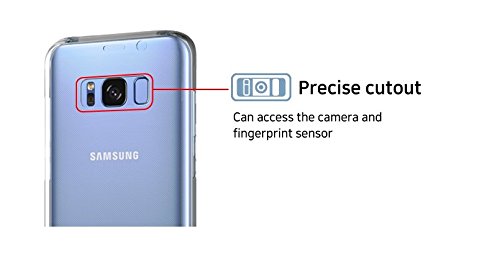
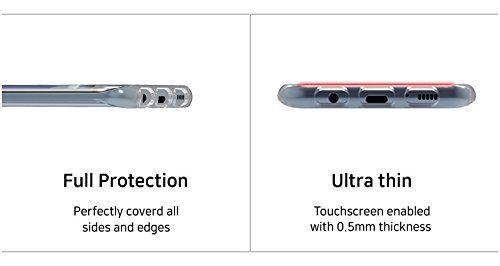
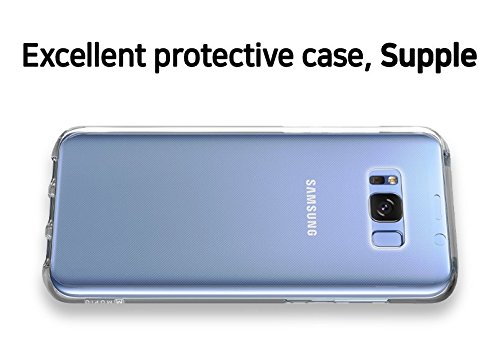
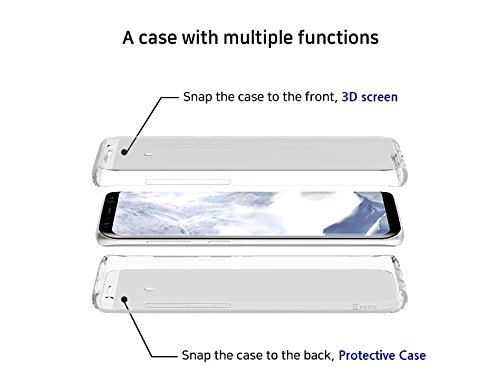
Galaxy S9+ Snap3D
Galaxy S9+ Snap3D,Snap3D For Galaxy S9+,Galaxy S9+ Snap 3D Viewer,Galaxy S9+ Snap3D Case
iSID Korea Co., Ltd , https://www.isidsnap3d.com









